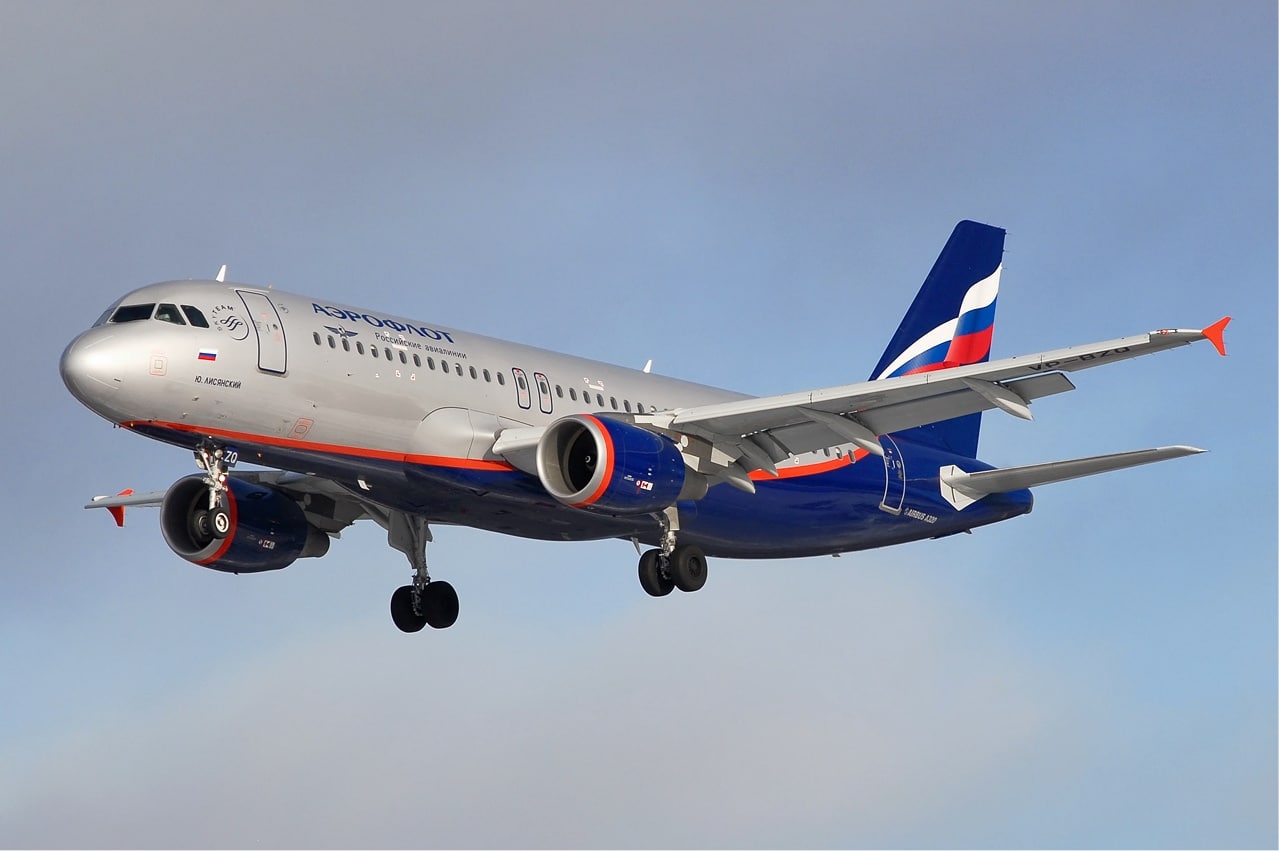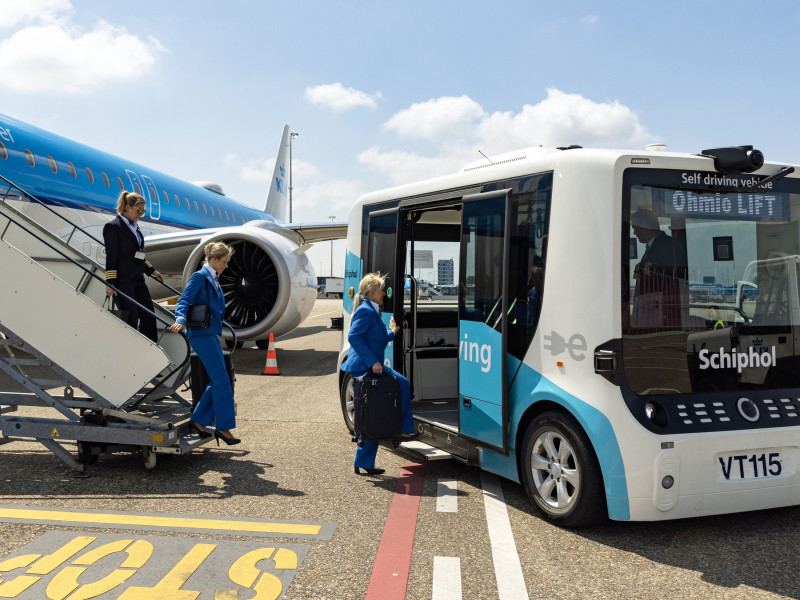Airlines
Aeroflot and Rosatom Set to Commence Replicating Airbus and Boeing Parts

In a bold move amidst Western sanctions, Aeroflot and Rosatom have announced plans to embark on mass production of local replacement parts for Airbus and Boeing aircraft. These sanctions, triggered by Russia’s invasion of Ukraine, have left Russian airlines like Aeroflot unable to import crucial components for their Airbus and Boeing fleets.
Consequently, they’ve been compelled to address maintenance issues in-house, relying on their own engineering expertise. The commencement of full-scale production for these replica parts is slated to take off in the first half of 2024, as reported.
In an interview with Izvestia, Aeroflot’s General Director, Alexey Mikhalik, and Technical Director, shared insights into the specific types of components they intend to manufacture. Mikhalik revealed, “We will be involved in the development, certification, and production of aviation components for a wide range of foreign aircraft, including those for cabin interiors, aircraft structural elements, and more.
The planned areas encompass air and water filtration elements, as well as various products made from plastic, metal, composite materials, honeycomb structures, and rubber. Additionally, they are venturing into electronic equipment for passenger cabins, encompassing inverters, power supplies, sensors, heating and lighting components, and various display equipment.”
Mikhalik also disclosed that scientific research, testing, and production activities are already in progress. However, all of these parts and components must undergo rigorous certification by the Federal Air Transport Agency to ensure their adherence to safety and quality standards.
This endeavor by Aeroflot and Rosatom demonstrates a strategic effort to overcome the challenges posed by sanctions and showcases Russia’s determination to maintain its aviation industry independently, even in the face of adversity.

Airlines
KLM Begins Testing Self Driving Crew Buses at Schiphol Airport

In a significant step towards modernizing airport operations, Schiphol Airport has launched the second phase of its trial for electric self-driving buses.
This initiative, in collaboration with KLM Cityhopper and KLM Ground Services, is aimed at enhancing efficiency and sustainability at one of Europe’s busiest airports. Following a successful initial trial with the self-driving buses from supplier Ohmio, the new phase is now underway.
This phase focuses on deploying the autonomous buses on a fixed, pre-programmed route that connects the apron to the terminal. The primary users of this service are the KLM Cityhopper crew, who will benefit from a streamlined shuttle between their aircraft and the terminal. best cabin crew skytrax
Air France-KLM Orders 90 Airbus A350 Long-Range Aircraft:Click here
The trial’s first phase centered on assessing the technical capabilities and user-friendliness of the buses. Now, the focus shifts to the apron—a bustling area characterized by high activity levels, including aircraft movements and ground handling operations. The autonomous buses will navigate this complex environment multiple times a day, ferrying KLM Cityhopper crew from Apron A to the terminal.
Equipped with advanced sensors, cameras, and GPS, the buses are designed to handle the dynamic conditions of the apron. They feature LIDAR technology, providing a comprehensive 360-degree view that enables them to detect and avoid obstacles up to 30 meters away. This cutting-edge technology ensures safe and efficient operation in the busy airport setting.
Schiphol Airport is committed to becoming one of the world’s most sustainable and high-quality airports by 2050. A core component of this vision is the transition to a fleet of autonomous, zero-emission vehicles.
How to get admission in Emirates Aviation university?:Click here
This shift is part of a broader strategy to automate ground operations while maintaining a vital human presence in a supervisory role. By doing so, Schiphol aims to reduce emissions and enhance the overall efficiency of its operations.
The integration of self-driving buses into the airport’s daily operations represents a major milestone in achieving these sustainability goals. As the trial progresses, Schiphol, KLM Cityhopper, and KLM Ground Services will continue to evaluate and refine the technology, paving the way for a more automated and environmentally friendly future in aviation ground services.
-

 Travel1 week ago
Travel1 week agoAir India to Expand US Operations with Three New Routes After a Decade
-

 Travel2 weeks ago
Travel2 weeks agoWhy We Should Avoid These Stamps in a Passport
-

 Airlines1 month ago
Airlines1 month agoInvestigations Reveal Fake Chinese Titanium in Boeing and Airbus Jets
-

 Tech4 weeks ago
Tech4 weeks agoChina’s CATL Plans 1,800-Mile Electric Plane Launch by 2027
-

 Airport3 days ago
Airport3 days agoTop 10 Largest Airports in the World by Size
-

 Aerospace4 weeks ago
Aerospace4 weeks agoChina’s Fighter Jets Turn Wings into Autonomous Drones
-

 Airlines4 days ago
Airlines4 days agoAir India Rolls Out A350s for Delhi-New York JFK and Newark Routes
-

 Defence3 weeks ago
Defence3 weeks agoBoeing Enhances Chinook with New Engines and Block II Upgrades at $96 Million







